Art
Trevor Winkfield
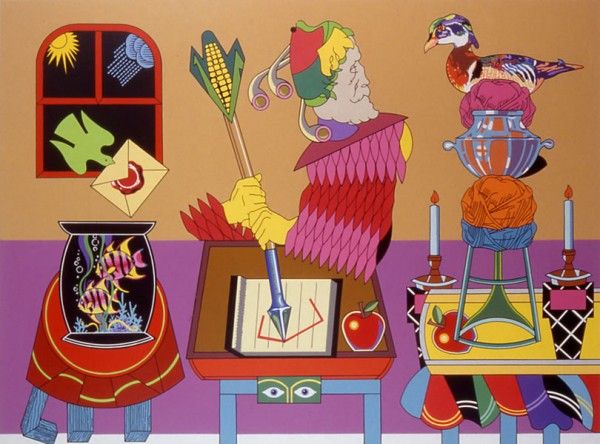
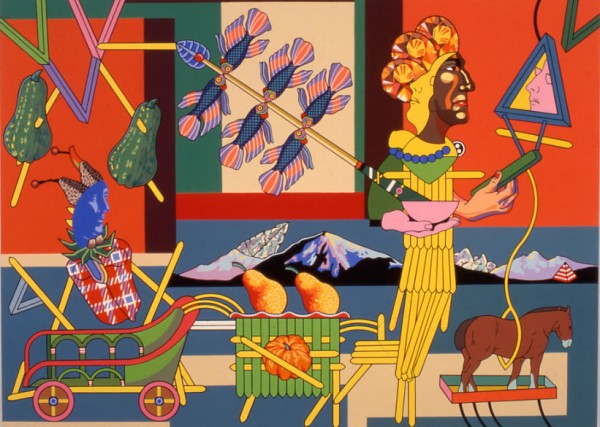
I rather like the weird paintings of Trevor Winkfield. Do you?
Posted By: Paul - Sun May 19, 2013 -
Comments (6)
Category: Art, Avant Garde, Beauty, Ugliness and Other Aesthetic Issues, Eccentrics
DNA Portraits
Artist Heather Dewey-Hagborg collects random DNA samples she finds on the street (on pieces of gum, cigarettes, hair, etc.) She then analyzes the DNA to identify the phenotypic traits of its owner (eye color, hair color, skin color, etc.). From this info, she creates a sculpture of the person, using a 3D printer. So it's possible that you could walk into her gallery and see yourself there! More info at policymic.com, or check out Dewey-Hagborg's website.
Posted By: Alex - Tue May 14, 2013 -
Comments (8)
Category: Art, Face and Facial Expressions
Blue Bills
Montana Public Radio reports about artist Tim Holmes, who's dying money blue and giving it away. He also stamps it with the phrase, "Based on the value of a clean world!" He hopes this will prompt a widespread discussion about environmentalism. Why? Because the money is blue. He elaborates at his website bluebills.us:So green = "no value" but blue = "clean environment and a healthy community". Got it?

Posted By: Alex - Sat May 11, 2013 -
Comments (11)
Category: Art, Money
Brendan O’Connell, Wal-Mart Artist
Artists find inspiration in all kinds of unusual places. Brendan O'Connell got inspired by shopping at Wal-Mart and started painting scenes from inside Wal-Mart stores. He's achieved quite a bit of success, to the point that his paintings now fetch up to $40,000. Which means they're not going to be on sale at Wal-Mart anytime soon. However, the company has purchased one of his paintings. [msn.com]
Posted By: Alex - Fri Apr 26, 2013 -
Comments (5)
Category: Art, Shopping
Kara Dunne: Living Paper Doll
The artist's homepage.
Posted By: Paul - Tue Apr 23, 2013 -
Comments (3)
Category: Art, Performance Art, Beauty, Ugliness and Other Aesthetic Issues, Toys
Makeup-Free Barbie
Mexican artist Edie Aguirre created some images to show what Barbie might look like 1) without makeup, and 2) with the body shape of a real woman. Judging by the bags under her eyes, makeup-free Barbie also looks like she hasn't yet had her morning cup of coffee. [foxnews]

Posted By: Alex - Sat Apr 20, 2013 -
Comments (4)
Category: Art, Body, Toys
Sideways Art

The Fossil Hunters is a painting by Edwin Dickinson, created between 1926 and 1928. Its claim to fame in the history of art is that it was accidentally hung sideways first at the Carnegie International Exhibition of 1928, then subsequently at the Pennsylvania Academy of Fine Arts and at the New York Academy of Design, where it received an award. Finally someone noticed that it was incorrectly oriented (according to what Dickinson said was supposed to be the right-side up).
I think it looks better on its side (below). At least, I can kinda make some sense out of the painting from that angle. But then, who said art was supposed to make sense!

Posted By: Alex - Fri Apr 12, 2013 -
Comments (8)
Category: Art, 1920s
Blindfold Pigs
Back in 1905, celebrities of the day were asked to try to draw a pig while blindfolded. The results were printed in The Strand magazine: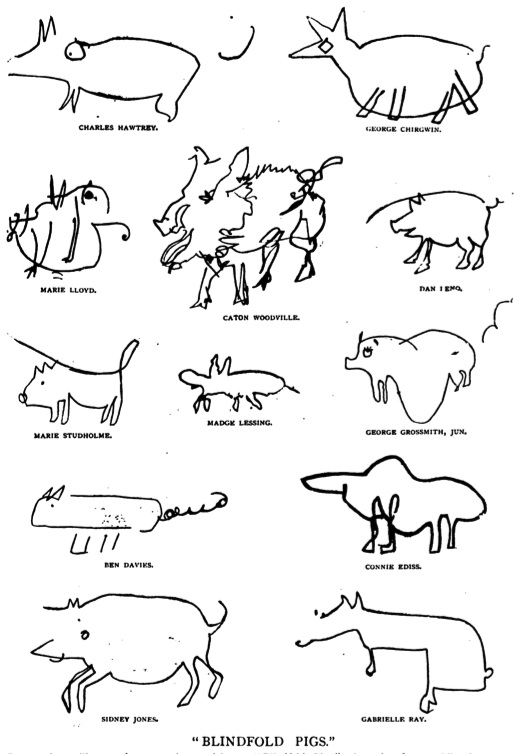
Most of the names I don't recognize. But I do know Caton Woodville (middle of the second row from the top). He was an artist who specialized in war scenes, such as his rendition of the Charge of the Light Brigade. I'm guessing his paintings aren't cheap. But I wonder how much his blindfold pig would go for?
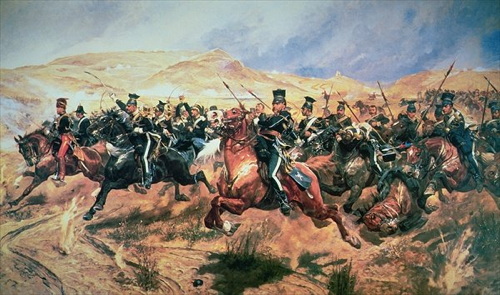
Posted By: Alex - Sun Apr 07, 2013 -
Comments (5)
Category: Art, 1900s
The Breathing Bicycle
Artist Matt Hope outfitted his bicycle with an air filtration system that allows him to breathe clean air as he bicycles around Beijing. It's his way of drawing attention to Beijing's pollution woes. Though he says it could also be seen as "a ridiculous solution to a ridiculous problem."It reminds me of Hana Marie Newman's oxygen-tank bubble dress that I posted about a few months ago. Hope and Newman should get together. They could swap air purifiers.

Posted By: Alex - Wed Apr 03, 2013 -
Comments (3)
Category: Art, Travel, Urban Life
Hamish Fulton: Walking Artist
Hamish Fulton describes himself as a "walking artist." He walks places. And that's his art. He also takes photos as he walks, which he exhibits. But the photos seem to be a secondary concern for him, and he definitely doesn't consider himself a "photographer." The experience of walking is, itself, his art. [his wikipedia bio]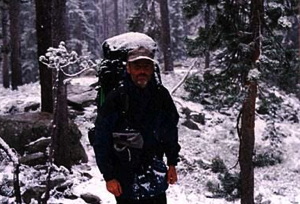
Fulton's latest art piece took place in northern Chile. Art Daily offers this description:
So could people who commute to work every day be considered "commuting artists"?
Posted By: Alex - Tue Apr 02, 2013 -
Comments (6)
Category: Art

| Who We Are |
|---|
| Alex Boese Alex is the creator and curator of the Museum of Hoaxes. He's also the author of various weird, non-fiction, science-themed books such as Elephants on Acid and Psychedelic Apes. Paul Di Filippo Paul has been paid to put weird ideas into fictional form for over thirty years, in his career as a noted science fiction writer. He has recently begun blogging on many curious topics with three fellow writers at The Inferior 4+1. Contact Us |




